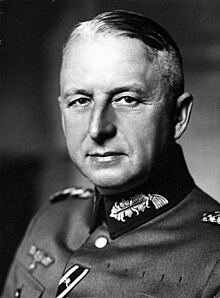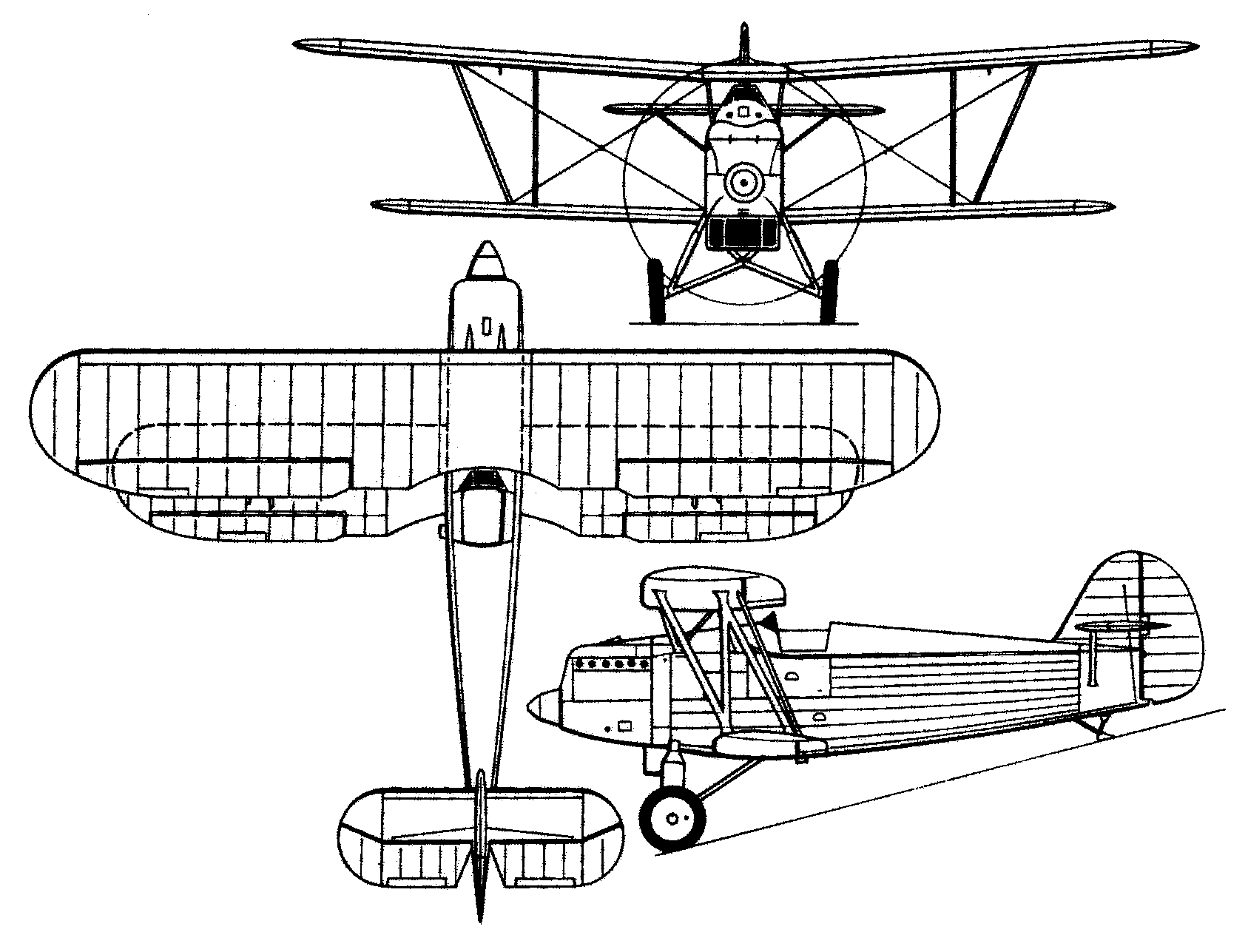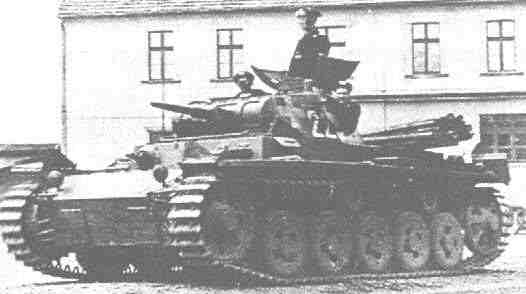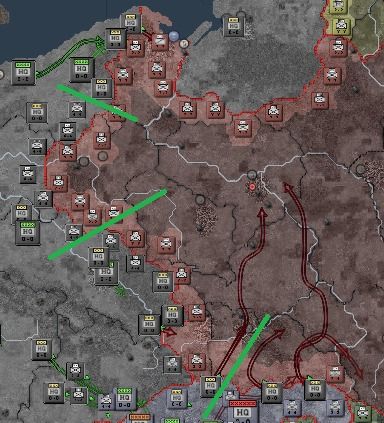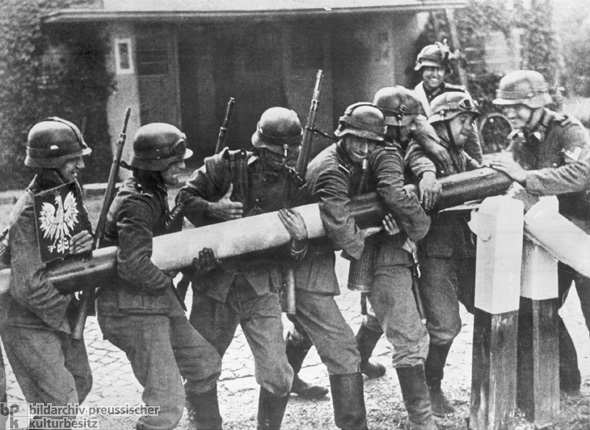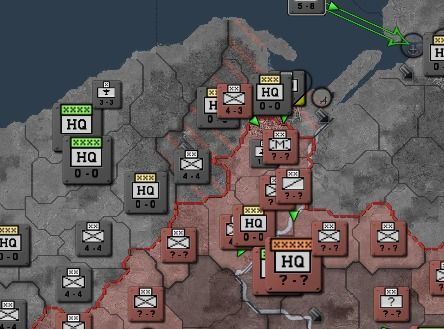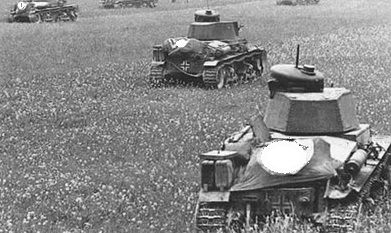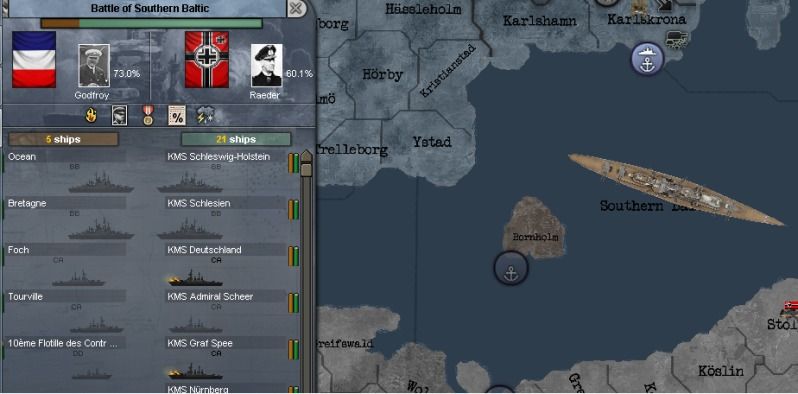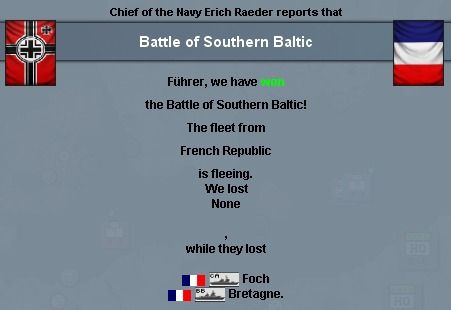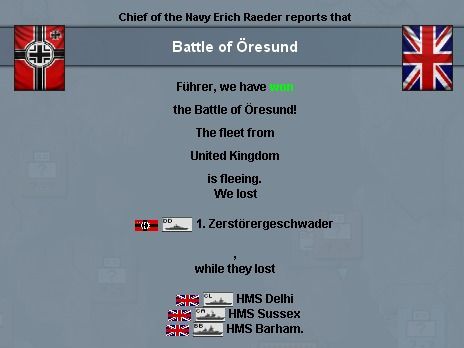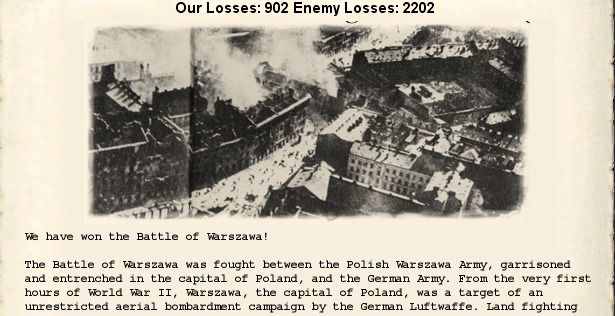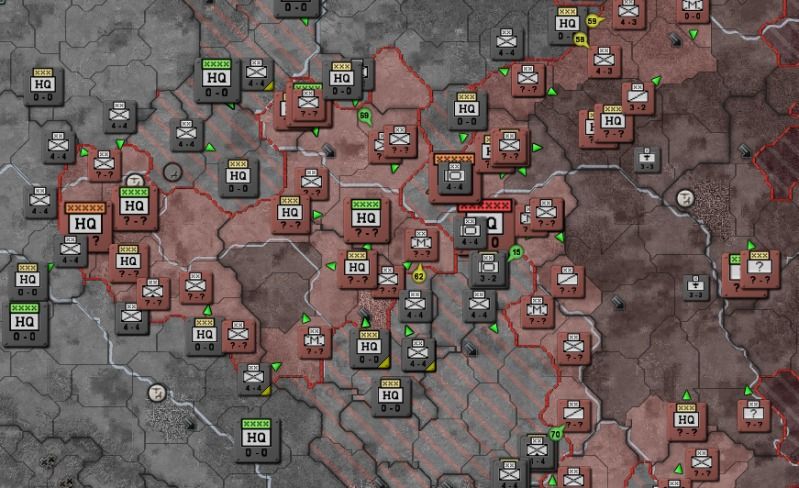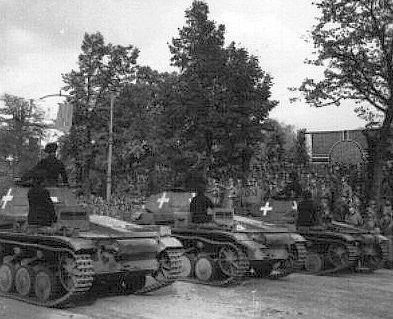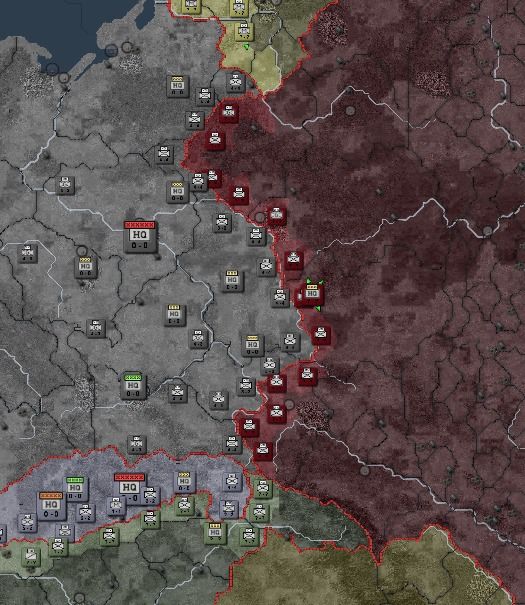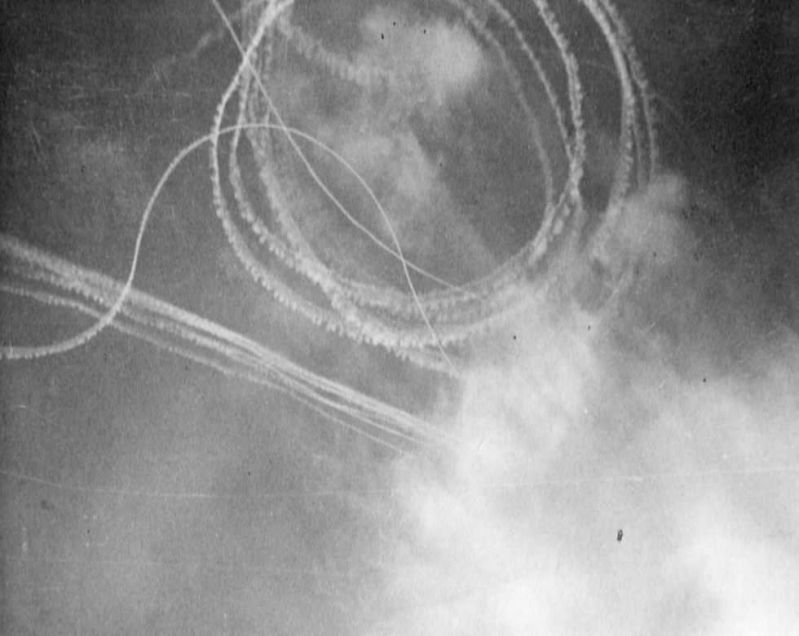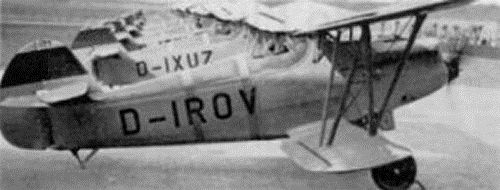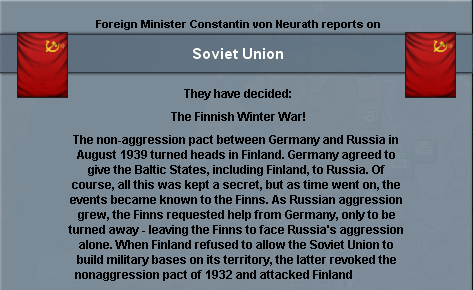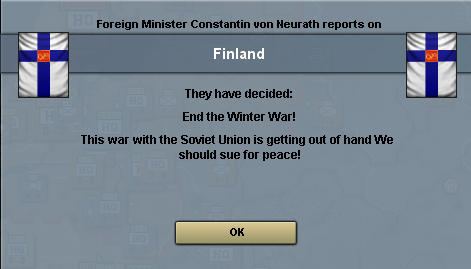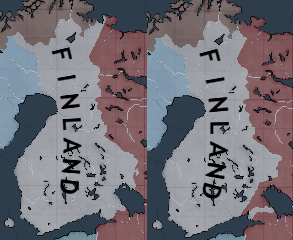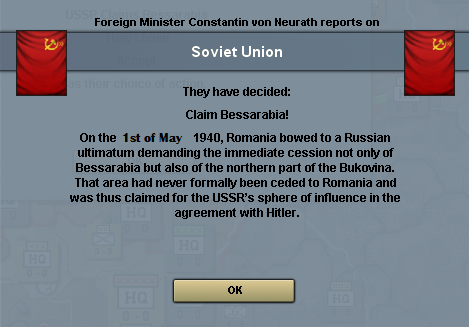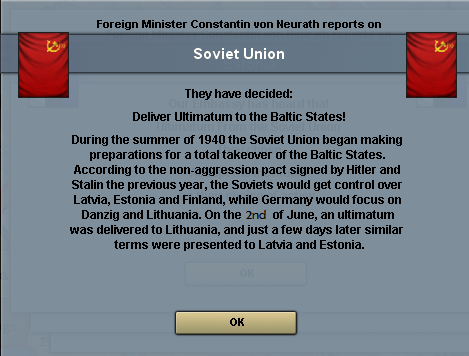The German Reich and the Second World War

Europe 1939

Europe 1939
Starting Year: 1936
Country: Germany
Difficulty: Hard (changed to Very Hard mid way through the game)
Version: For The Motherland v3.05
Mod: The Historical Plausibility Project 2.6.62a
Note: All links are in green. This post will be updated, and a new link inserted, for every new AAR related post made.
Table of Contents:
Part I - Prologue
Chapter 1 - Extracts from 'A short history of Germany in the 1930s'
Chapter 2 - Jane’s guide to the German Military, 1939 edition
Part II - The Polish Campaign (1939)
Chapter 3 - Case White
Chapter 4 - The opening days of the war
Chapter 5 - The Baltic battles
Chapter 6 - German national newspaper, 26 September 1939
Chapter 7 - The aftermath of the Polish campaign
Part III - The Phoney War
Chapter 8 - German National Newspaper, 17 October 1939
Chapter 9 - Operation Falcon
Chapter 10 - The Falcon Raids
Chapter 11 - Action of 29th January 1940
Chapter 12- The final air battles of the Phoney War
Interlude
The Soviet Union and the Second World War
Part IV - The Campaign in the West (1940)
Chapter 13 - Case Yellow
Chapter 14 - Case Orange
Chapter 15 - Case Blue
The Battle of France
Chapter 16 - The battle of the frontier (18-24 May)
Chapter 17 - Panzer advance (25-31 May)
Chapter 18 - Battle of Brussels (1-7 June)
Chapter 19 - Two months in Holland
Chapter 20 - German National Newspaper, 11 August 1940
Chapter 21 - Battle of Hasselt Wood (28 August-20 September)
Chapter 22 - Operation Moltke (11 October - 1 November)
Chapter 23 - The Second Siege of Paris (11-29 November)
Chapter 24 - The Battle of Normandy (5 Dec-1 Jan) and Mopping up
Chapter 25 - The aftermath of the Battle of France
Interlude
Italy and the Second World War
Part V - Sideshows
Chapter 26 - Opening of the Second Battle of the Atlantic
Chapter 27 - The Yugoslavian campaign
Chapter 28 - Sideshows
Chapter 29 - Orders of Battle
Part VI - Case Barbarossa (1941)
Chapter 30 - Case Barbarossa
Chapter 31 - June
Chapter 32 - July
Chapter 33 - August: Strategy falters
Chapter 34 - Black September
Chapter 35 - National propaganda newspaper, 17 October, 1941
Chapter 36 - October: initiative shifts
Chapter 37 - November
Chapter 38 - December: another Christmas at war
Chapter 39 - Barbarossa: A retrospect
Interlude
The winter Olympics
Part VII - Case Wilhelm (1942)
Chapter 40 - Case Wilhelm
Chapter 41 - Operation Hoffmann (18 April – 12 May)
Chapter 42 - Exploit and preparation (13 - 25 May)
Chapter 43 - Operation Ludendorff (26 May – 6 June)
Chapter 44 - The Cauldron Battles (30 May – 13 June)
Chapter 45 - The fight continues (15 – 24 June)
Chapter 46 - Operation Hindenburg (25 June – 17 July)
Chapter 47 - A change of Command
Chapter 48 - Operation Paradox (13 - 26 August)
Chapter 49 - The battle of Lake Peipus (6 – 30 September)
Chapter 50 - Operation Paradox stage 2 (phase 3 and 4) (2nd Oct – 10 Nov)
Chapter 51 - Battle for Estonia (10 Nov 1942 – 19 Jan 1943)
Chapter 52 - 1942 in summary
Interlude
The United Kingdom and the Second World War
Part VIII - The winter battles
Chapter 53 - The Rebel problem
Chapter 54 - Fighting in the north
Chapter 55 - The Third Battle of Odessa (24 January – 22 March)
Interlude
World War
Part IX - Case Teutonic (1943)
Chapter 56 - Operation Teutonic
Chapter 57 - The Break-in
Chapter 58 - Mopping up
Chapter 59 - Completion
Chapter 60 - Summing up
Part IX - Case Clockwork (1944)
Chapter 61 - Christmas Planning Session
Chapter 62 - Master of the Dnieper (16 Feb – 28 March)
Chapter 63 - The Battle of Vesele (29 March – 22 April)
Chapter 64 - The Battle for the Crimea (23 April – 5 June)
Chapter 65 - The Battle of Boryspil (21 June – 20 July)
Chapter 66 - The breakout battle (20 July – 20 August)
Chapter 67 - The Battle of Kursk (1 September – 3 October)
Chapter 68 - Intermission and encirclement (4 October – 14 November)
Chapter 69 - The Battle of Kharkov (15 November – 4 December)
Chapter 70 - Operation Clockwork: conclusion
Interlude
The Axis powers and the Second World War
Part X - Case Armageddon (1945)
Chapter 71 - The build-up (Late 1944 - Early 1945)
Chapter 72 - Case Armageddon
Chapter 73 - The Donets campaign (1 March – 10 April)
Chapter 74 - The Alekseevka Offensive (9 April – 21 May)
Chapter 75 - The Moscow Offensive (1 – 26 June)
Chapter 76 - Treaty of Moscow
Chapter 77 - German National Newspaper, 8 July 1945
Part XI - Master of Europe
Chapter 78 - Various communications across the Reich
Chapter 79 - The Romanian Campaign (Operation von Mackensen) 20 September – 24 November 1945
Chapter 79 - Internal security in the conquered territories
Chapter 80 - Operation Magna Mater (10 December 1945 – 28 January 1946)
Chapter 81 - Operation Minerva (29 January – 18 April)
Chapter 82 - Masters of Europe
Interlude
Operation Faust
Part XII - The Battle of Britain (1946)
Chapter 82 - The opening battle (10 May 1946)
Chapter 83 - The Main Assault (12 May - 8 June 1946)
Chapter 84 - Operation Sea Lion II
Chapter 85 - Invasion (16 June – 27 June)
Part XIII - Operation Overlord (1946 - 1947)
Chapter 86 - The Battle of Calais (19 July – 4 August)
Chapter 87 - Victory in France (9 August – 1 September)
Chapter 88 - The next wave (1 September – 22 September)
Chapter 89 - The battles of St. Malo and Carentan (25 September – 6 November)
Chapter 90 - Operation Faust update
Chapter 91 - The Battle of Normandy continues (7 November – 27 December)
Chapter 92 - Winter: 1947 arrives
Chapter 93 - An anthology of OB West communications
Chapter 94 - Stalemate (2 February – 30 April)
Chapter 94 - Construction plans
Chapter 95 - Allied Breakout Offensive (3 – 9 May)
Chapter 96 - Betrayal (9 – 13 May)
Chapter 97 - Withdrawal (14 May – 20 June)
Chapter 98 - Operation Overlord casualty report, 21 June
Interlude
Case Faust
Case Clausewitz
International News, 24 June 1947
Part XIV - The tide turns (1947 - 1949)
Chapter 99 - Battles on the von Rundstedt Line (24 June – 13 July)
Chapter 100 - The July Offensive (4 – 31 July)
Chapter 101 - Withdrawal from the Don River bend (11 August – 28 September)
Chapter 102 - Battle of the Voroshilovgrad - Rostov line (2 October – 4 November)
Chapter 103 - The Italians and the Western Front (5 August – 15 November)
Chapter 104 - Case Bello Gallico (16 – 31 November)
Chapter 105 - Fall of the Regio Esercito (5 - 25 December)
Chapter 106 - Italian Armistice
Chapter 107 - Paulus Offensive (1 January - 19 February)
Chapter 108 - Battle of Neufchatel en Bray (14 – 31 March)
Chapter 109 - Battles of Picardy (1 - 23 April) and Amiens (14-18 May)
Chapter 110 - The von Kleist Offensive (6 – 26 April)
Chapter 111 - The Soviet counterstrike (27 April – 17 May)
Chapter 112 - All quiet on the Western Front (and in the east too) (June – September)
Chapter 113 - Redeployment and planning (September – 31 October)
Chapter 114 - Case Seydlitz (1 November – 31 December)
Chapter 115 - United Nations January Offensive (29 December 1948 – 1 February 1949)
Chapter 116 - Case Büffel Bewegung (31 December – 21 February)
Interlude
Interlude: The Far East and the Second World War
Part XV - Gotterdammerung (1949 - 1950)
Chapter 117 - Battle of Dnieper Bridgehead (8 March – 20 April)
Chapter 118 - Case Derfflinger: planning and preparation
Chapter 119 - Case Bodenplatte II (28 May - 1 June)
Chapter 120 - Vergeltungs Day (5 June)
Chapter 121 - Case Derfflinger: the opening battles (6 – 12 June)
Chapter 122 - The Battle of Italy (13 – 27 June)
Chapter 123 - Case Derfflinger: the fighting continues (17 June – 14 July)
Interlude
Interlude: Notice
Part XV - Gotterdammerung (1949 - 1950) continued
Chapter 124 - Operation Eagle (16 July - 1 August)
Chapter 125 - The Collapse of the Western Front (1 August – 31 December)
Chapter 126 - The end of the Eastern Front (August 1949 - February 1950)
Chapter 127 - The final battles (December 1949 – May 1950)
Part XVI - Epilogue
Chapter 128 - Extracts from 'The Second World War: A statistical study' by a well-known historian
Chapter 129 - Extracts from 'Europe: 1890 - 1960' by a well-known historian
Chapter 130 - Wargames

Europe 1950
Last edited:


